Black-Eyed Susan Vines are beautiful additions to any garden, offering vibrant colors and a charming appeal. However, like any plant, they come with their own set of challenges that gardeners may not be aware of. In this post, we’ll explore five lesser-known drawbacks of growing these enticing vines, providing insights and tips to help you manage them more effectively.
Aggressive Growth

Imagine planting a few innocent-looking Black-Eyed Susan Vines, expecting a delightful touch to your garden. Suddenly, they grow with an enthusiasm that outpaces your expectations. This rapid expansion can lead to them engulfing other plants, stealing sunlight and nutrients. Maintaining balance becomes a bit of a game, especially if they decide to climb everything in sight. Regular pruning is essential to keep their vigorous growth in check. While their exuberance is admirable, it requires a dedicated gardener to ensure they don’t dominate the entire landscape. Keep those shears handy!
Susceptible to Pests
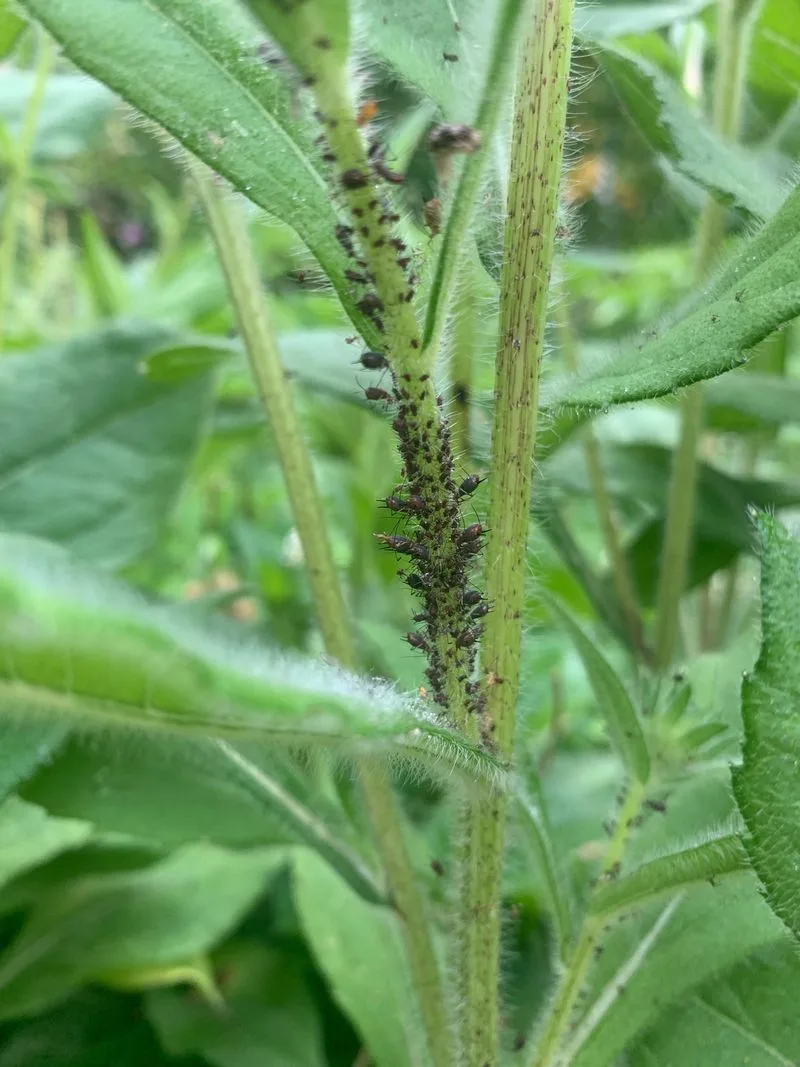
Your Black-Eyed Susan Vines may find themselves on the menu for various garden pests. Aphids and spider mites are known to take a liking to these vibrant vines, leaving unsightly damage in their wake. This can lead to stunted growth and a less-than-healthy appearance. Combatting these pests requires vigilance and perhaps a bit of organic pest control. Embracing natural predators or applying homemade insecticidal soap can be effective. It’s a battle of wills, but with careful monitoring, you can protect your leafy companions from becoming a bug buffet.
Sensitive to Cold
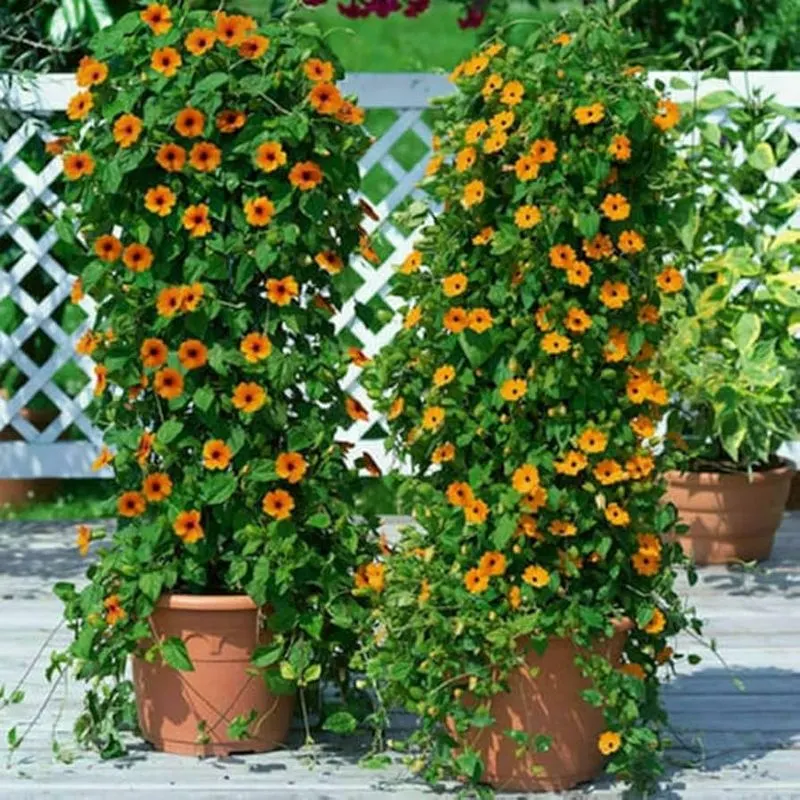
Black-Eyed Susan Vines may not appreciate the cold shoulder from Mother Nature. These warm-weather lovers struggle when temperatures dip, and frost can be their undoing. In cooler climates, they often require additional care or protection, such as being moved to a sheltered location or covered during frosty nights. For perennial viability, some gardeners opt to treat them as annuals or provide winter coverings. It’s a delicate dance with the elements, requiring foresight and preparation, especially for those unexpected cold snaps.
Nutrient Demands
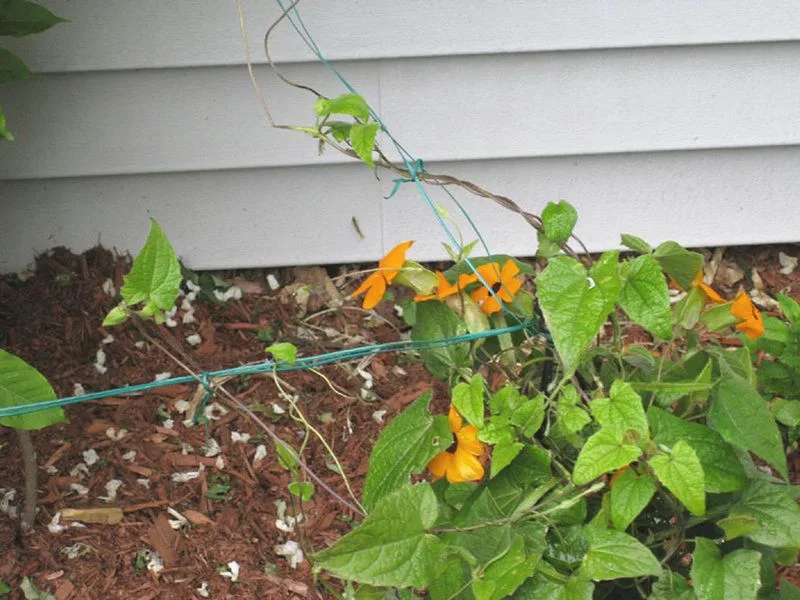
Feeding a hungry plant like the Black-Eyed Susan Vine can seem like feeding a teenage athlete. These plants demand rich soil and regular fertilization to truly thrive. Without sufficient nutrients, they may appear lackluster and fail to bloom as expected. Regular feeding, combined with well-draining soil, can keep them in peak condition. However, finding the right balance can be a bit of trial and error. Over-fertilization can lead to lush foliage but fewer blooms. It’s a balancing act that requires attention and adjustment.
Invasive Tendencies
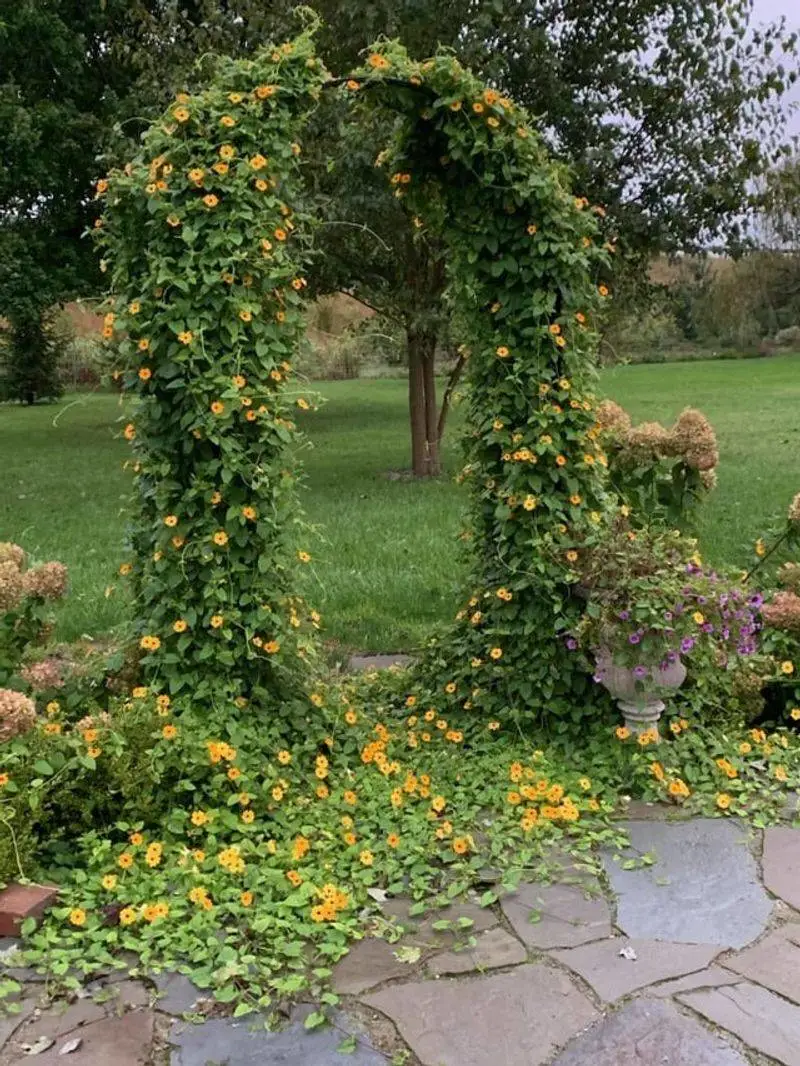
If you ever wanted a lesson in boundary-setting, growing Black-Eyed Susan Vines might be it. These vines have a knack for spreading beyond their designated space, potentially invading neighboring plots. Their adventurous spirit can lead to neighborhood disputes, especially if they aren’t kept in check. Creating barriers or using containers can help in managing their spread. Though tempting to let them roam free, it’s wise to ensure they respect the space of their fellow garden dwellers. A little vigilance goes a long way in maintaining peace in the garden.
Seed Proliferation Challenges

The prolific nature of this vine’s seeds can be both a blessing and a curse. When left unchecked, these seeds can scatter with abandon, turning a well-ordered garden into a sprawling sea of unexpected growth. This vigorous self-sowing requires vigilance and sometimes drastic measures to manage. It’s not uncommon to find new shoots popping up in the most inconvenient places. Gardeners might need to frequently pull out unwelcome seedlings to maintain the desired aesthetic. Utilizing mulch or ground covers can help suppress the seedling explosion, keeping the growth in the areas where it’s truly wanted.
Intricate Twining Habits
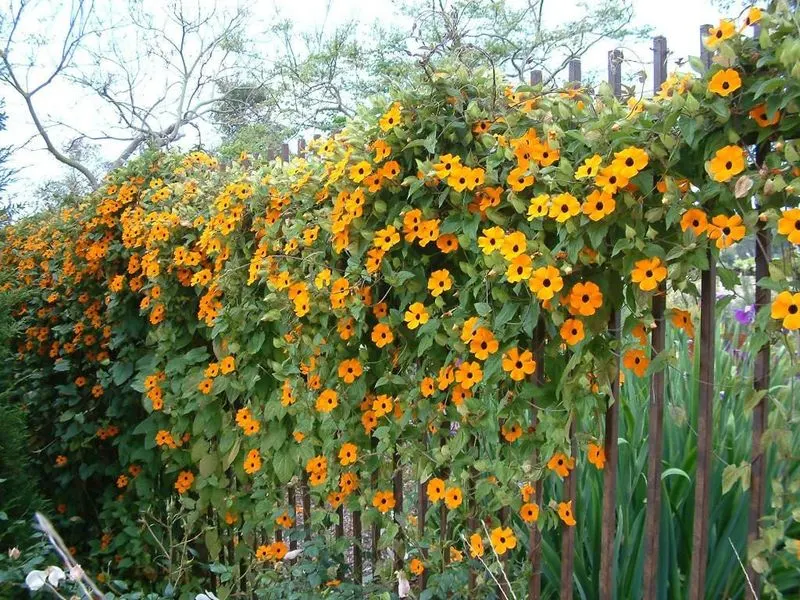
These vines have a delightful yet puzzling tendency to weave their way into the most unexpected places. Their twining habits can create a beautiful tapestry, but managing such intricacy often demands more time than anticipated. Gardeners might find themselves untangling these verdant knots more frequently than they’d like. The vine’s penchant for twisting around everything it touches can sometimes lead to it choking out nearby plants. This clingy nature requires regular monitoring and perhaps a gentle nudge to ensure it respects its leafy neighbors. In some cases, it might even entwine garden furniture or tools, turning them into part of the landscape! A gardener’s patience and creativity are essential in keeping this vine’s adventurous spirit in check.
Lack of Fragrance

For those who adore fragrant gardens, the Black-Eyed Susan vine might be a bit of a letdown. While its vibrant blooms are visually rewarding, they don’t offer the olfactory delight that some gardeners seek. This absence of scent makes it less appealing to those who cherish perfumed breezes in their outdoor spaces. The vine’s presence is more about striking visuals than sensory indulgence, which can be disappointing if aroma is a key part of your gardening experience. Incorporating other fragrant flowers alongside can help balance the sensory experience, allowing the garden to appeal both to the eyes and the nose.

